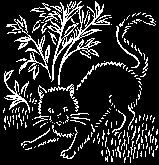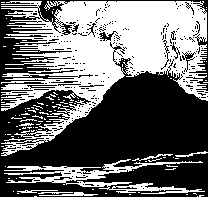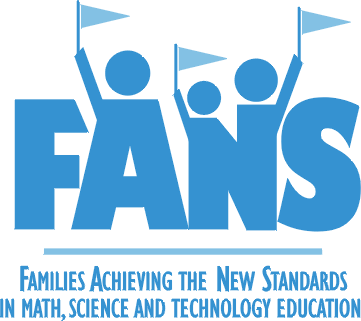NEW JERSEY'S STANDARDS: WHAT WILL MY CHILD BE LEARNING IN SCIENCE?In May 1996, the New Jersey State Board of Education adopted the Core Curriculum Content Standards for all New Jersey students. The science standards stress that children best learn science by doing science. Students should ask lots of questions and should develop and carry out experiments to find the answers. They should use mathematics to solve problems and to express theories. They should observe their surroundings and recognize that, both in nature and in the world we have built, complex structures are built out of simpler components. Students should understand how science develops over time, and recognize the contributions of many cultures. They should understand how scientific knowledge leads to new technologies, and how these technologies change the quality of our lives and the nature of our society. The science standards also define what all children should know and be able to do in the following seven content areas. |
Living Things

Students need to know about the structure, characteristics, and basic needs of living things. Even very young children can think about the differences between plants and animals. They can plant seeds, can observe the life cycles of insects, and learn about the way their own bodies work. Older children learn about living things as complex interacting systems of cells, tissues and organs. Using microscopes and other tools they can understand the structure and function of individual cells.
The Diversity of Life
Children appreciate the diversity and complexity of life, and how different life forms are dependent upon one another. They learn about how the different plants and animals vary, and how characteristics are passed from one generation to the next. In high school, they discuss significant current issues like cloning and genetic engineering.
The Structure and Behavior of Matter
Young children investigate common forms of matter, such as ice and steam as forms of water. This helps them understand the states of matter (solid, liquid, or gas) and realize that matter can be changed by heating and cooling. Older students plan experiments to show how substances react with each other to form new substances. In high school, students learn how these new substances are created by studying the atom and how atoms combine to form molecules.
Motion, Forces, and Energy
In the early grades, children learn about different forms of energy, such as heat, light, and sound. For example, they might do activities with mirrors to explain how light travels. They ask questions and make up experiments to show how friction can slow down motion, or how heat flows through different kinds of materials. As students learn more mathematics, they can explain events in a mathematical way. For example, stopping a car can be explained in terms of its speed, its weight, its direction, the forces exerted on it, and its resulting slow-down.
Earth Systems

This topic includes things that affect or shape the planet, including weather systems and geological changes (involving, for example, volcanoes and earthquakes). In the beginning grades, children observe the materials that make up the earth (such as minerals, rocks, soils, and fossils) and develop ideas about how they were formed. They use maps to identify major features of the earth's crust and its oceans. Older students explore changes that have occurred in and on the earth over time.
The Universe
Astronomy and space are fascinating to people of all ages. Children study the earth, moon, eclipses, planets, and stars. They construct models of the solar system and compare the earth to other planets. Older students understand scientific theories about the origin of the universe, and they are able to discuss the potential benefits and risks involved with the exploration of outer space.
The Environment.
Young children should develop an awareness of the need to protect and preserve natural resources. They begin by exploring their own natural surroundings, right where they live. They investigate the interdependence of living things, learn about the balance of nature, and find out how changes in the environment affect all living things. Over time, they will develop an understanding of environmental issues and be able to assess the environmental risks and benefits involved with human activities such as major construction, disposing of hazardous waste, or the spraying of insecticides.
